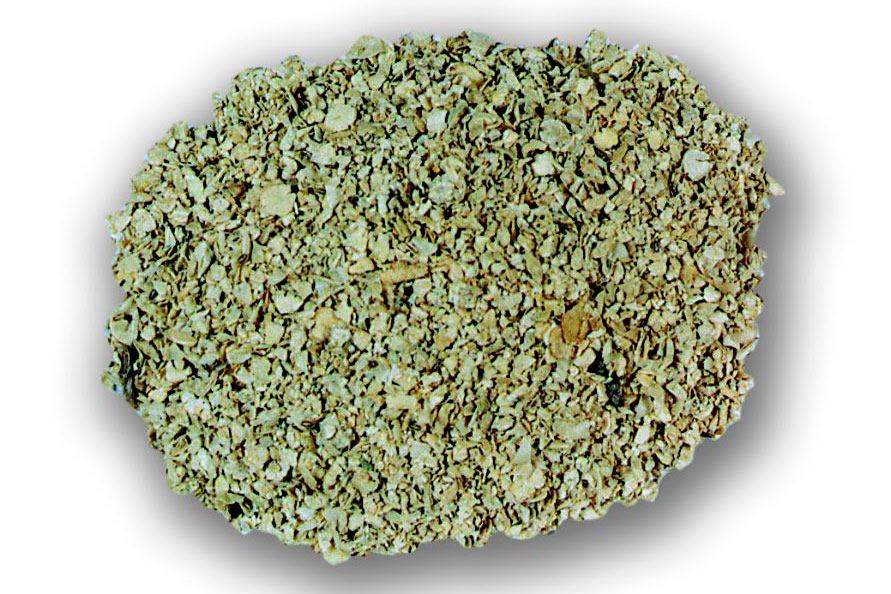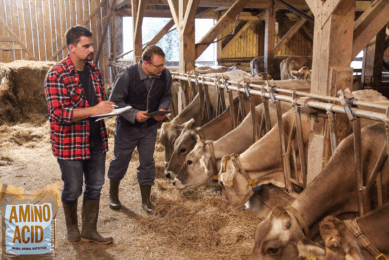Managing natural variations

Variation of nutritional values in feed raw materials such as corn and soybean meal can result in suboptimal animal growth and cost efficiency when they ?deviate from reference values. Samples from South America were surveyed the energy and digestible amino acid content, and compared with reference tables. The variations can be controlled by precise nutrition evaluation using NIR, which is a good option to optimise feed formulation.
By Marjolaine Le Meur-Boitier, marketing manager Rovabio, Adisseo, France
As a product of nature every plant has its own nutritional value. And when weather conditions are favourable, we can imagine that the nutritional value improves. But livestock producers need more than imagination they need to be sure that their animals grow in good health.
Brazilian corn and soybean meal
A survey conducted by Adisseo in 2010 with more than 1,400 samples from South American corn revealed results of metabolisable energy varying from 3,343 to 3,664 kcal per kg dry matter, compared with 3,381 kcal/kg in Brazil alone.
In 2011, another survey with more than 4,000 samples of corn collected in Brazil resulted in standard deviation of 8% for protein, fat and fibre content, and 40% for phytic Phosphorus. Moreover, the mean values differed from the reference tables, especially for protein, with an overvaluation close to 1% (Table 1).
For Brazilian soybean meal, too, the nutritional contents were different between crops, especially for protein, total and digestible lysine.
Two scenarios
These outcomes underpin the necessity of considering the variations of raw materials when formulating optimal feed for pig and poultry. Two scenarios were hypothesised: an over-estimation and an under-estimation of the nutritional values of those raw materialsw.
Scenario 1: The raw materials’ values are lower than expected and the required level of nutrient is not reached. Animals fed this type of diet can have suboptimal performances. A trial conducted by Adisseo highlighted that in a corn-soybean meal and DDGS-based diet, a nutrient over-estimation of metabolisable energy of 5% leads to a body weight loss of 100g at 35 days and an increase of feed conversion ratio by 0.09 between 3 and 35 days (Figure 1).
Scenario 2: The raw materials’ values are higher than expected and the required level of nutrients for maximum performance is exceeded. As a consequence, feed cost can be optimised. Another trial showed that a 5% underestimation of energy has an effect on feed price of more than €20 /tonne and €8 /tonne for digestible amino acids (Figure 2).
A suboptimal situation can be avoided if we know the true nutritional value of the ingredients, not just from a reference table. By using precise nutrition evaluation of feed raw materials, animal performance can be optimised and feed costs can be saved greatly.
Feed analysis using NIR technology allows the prediction of digestible amino acid, metabolisable energy and phytic and total phosphorus of raw materials. At Adisseo’s Centre of Expertise and Research in Nutrition in France, more than 200 digestibility trials have been carried using an unique in vivo database.
Trials with broilers
A wide range of scientific trials have proven the efficiency of precise nutrition evaluation. A research at the Federal University of Santa Maria, Brazil in 2008, validated the results in broilers, with 15 repetitions of 10 birds per cage, comparing performances obtained with NRC (nutrient requirements) tables versus precise nutrition evaluation of digestible amino acids and apparent metabolisable energy (AME). At 41 days, broilers fed diets formulated according to the evaluation had significantly lower feed intake compared to birds fed diets formulated with the reference tables. Moreover, they achieved a better feed conversion rate. No significant difference in body weight between the two treatments was observed, but broilers fed the diet formulated with precise nutrition evaluation tended to have a higher breast percentage (Table 2). Results also showed that formulating diets using the evaluation improved the performance index (PI) by 14 points (PI = Live weight (kg) x liveability (%) x 100) / (Age at slaughter (days) x feed nversion).
Field trials are confirming these results. A Brazilian poultry integrator (4,000 tonnes of feed per month) realised a reduction in production costs of BRL 0.4 (~USD 0.22) per kilo of chicken or 2.8% applying the precise nutrition evaluation.
References are available on request.











